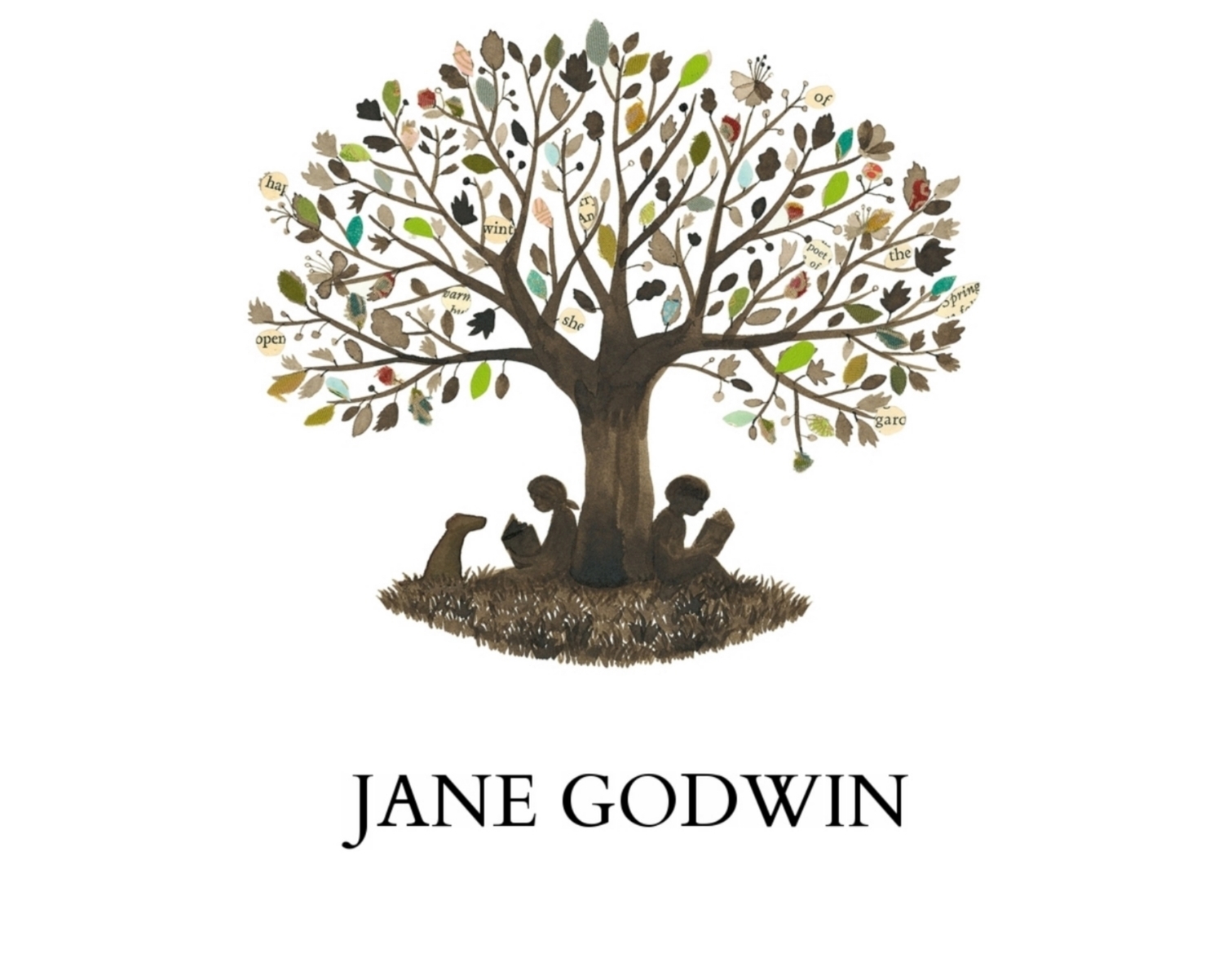Red House Blue House Green House Tree House!
Affirm Press, published April 2018
For the past few years, my friend Alison Lester and I have been volunteering at the Royal Children’s Hospital, Melbourne, every month. When we first started going there, I was so impressed by the beautiful, rich, complex and colourful art that adorns the walls, windows, furniture, lifts, in fact everything inside the hospital. I thought, Who is the artist who has created these fabulous scenes of animals, landscape and colour? That artist is Jane Reiseger! You can learn more about her at janereiseger.com When I met Jane, she told me that she was keen to illustrate a picture book, so I wrote one for her to illustrate! The result is Red House, Blue House, Green House, Tree House! I hope you like it!
Reviews
And here's an article I wrote about colour:
Colour is a means of exerting direct influence on the soul
Wassily Kandinsky
I’ve always felt very drawn to colour – usually strong, bold, saturated colour. My favourite colour is red, and many early memories are visual and colour-filled.
I love Jane Reiseger’s artwork for its strong, bold colour and simple lines – it’s easy to feel immersed in a world of colour when looking at her artworks. Strong colour creates an emotional reaction in me. Looking at a Rothko painting, for example, overwhelms my senses completely! (In a good way!)
I have wanted to make a book about colour for young children for some time. As well as helping them make sense of the world, it’s a child’s first experience of the aesthetic, of art really, and of a visual, sensory, and emotional response. And colour is mysterious! Somehow, it evokes mood. Children are often asked what their favourite colour is. But how do we know that we all see it in the same way? Our son, Wil, is colour-blind, and I’d often wondered how different his perception of colour was to mine or anyone else’s.
When our daughter Lizzie was a child learning to read, she would sometimes make comments about a certain letter, letter combination or word being a colour. She seemed to be perceiving the (black-and-white) letters she was reading as inherently coloured.
Lizzie was unaware that this was unusual, and thought that everyone must process reading in this way.
We’ve since discovered that two other members of our extended family have a tendency to do this.
You may have heard about a neurological phenomenon/condition called synaesthesia. A person with synaesthesia experiences combined sensory responses to stimuli. The brain’s response to certain stimuli is as if the senses have been cross-wired. So a synaesthesic might perceive words, letters or numbers as different colours, or get a certain taste in their mouth when they hear a certain sound. About 5 percent of the population has synaesthesia, and there are many different types. The most common form is grapheme-colour synaesthesia, which is the one Lizzie has.
Lizzie’s grapheme-colour synaesthesia doesn’t relate to her sight per se, and it's not like she’s hallucinating. The colour is more ‘in her mind’s eye’ as it were, floating there as she’s reading the words, like an automatic visualisation.
Other forms of synaesthesia might mix words with tastes or sounds with colour. The artist Wassily Kandinsky saw colours when he listened to music, and his paintings are a response to this. It seems to be very personal – one person’s synaesthesia doesn’t necessarily make sense to another person with synaesthesia.
It is said that Van Gogh was a synaesthesic, and Shakespeare too (this might go part way to explain his brilliance at metaphor). People with synaesthesia often have what we call a photographic memory, as they have an extra tool to use when remembering things. Some people believe that synaesthesics are more highly evolved than the rest of us! I think one could definitely see synaesthesia as a gift, an additional way of perceiving the world – like a hidden sense. I think it’s like this for Lizzie, although for some it can be very distracting and debilitating if it consumes your entire perception and dominates your daily life.
Many synaesthesics go into creative careers. And in some ways, I can see it as a type of highly evolved creativity! After all, creativity is all about making new links between concepts, and synaesthesia is a very immersive and engaging form of that.


